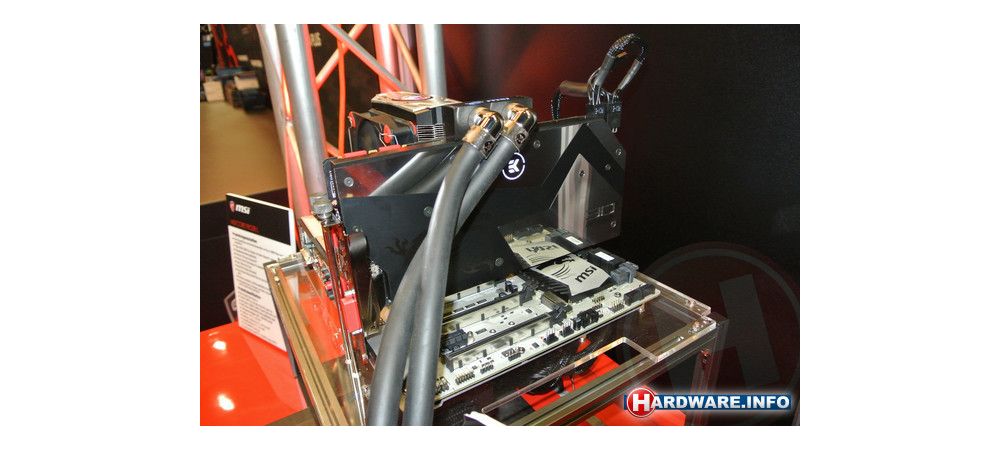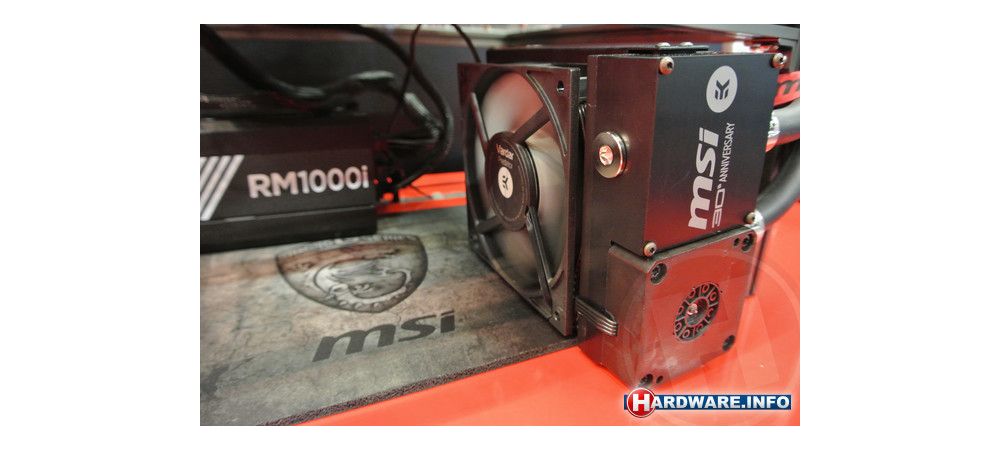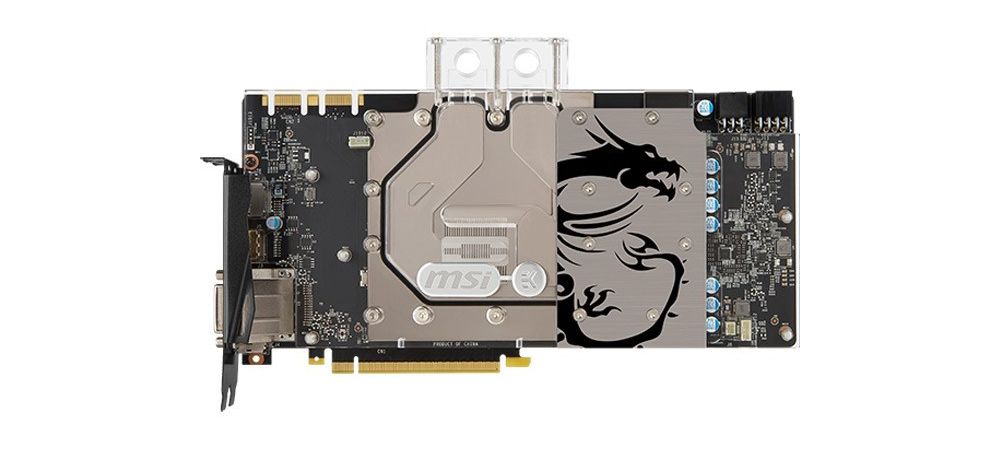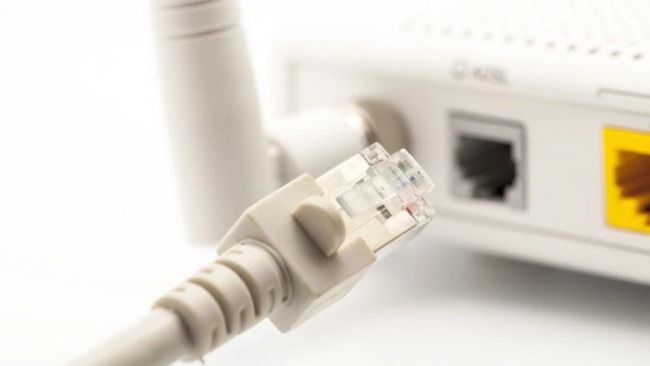Indipendentemente dalla versione di Windows utilizzata, con una certa periodicità gli utenti segnalano la comparsa dell’avviso rete non identificata, generalmente abbinato agli errori nessun accesso a Internet o accesso limitato alla rete.
La comparsa del messaggio rete non identificata, che appare come “fumetto” nell’area della traybar di Windows, immediatamente sopra l’icona che segnala la connessione in uso può essere dovuta a molteplici cause.
Se il messaggio dovesse improvvisamente comparire su tutti i dispositivi collegati al router, all’interno della rete locale, il problema è di solito da ricondursi alla perdita della configurazione da parte del router.
Negli articoli seguenti abbiamo visto come configurare il router o riconfigurarlo al meglio:
– Configurare router: guida per tutti i modelli ed i provider Internet
– 192.168.x.x: perché in rete locale vengono usati questi indirizzi?
– Configurare la rete WiFi in ufficio o a casa: i passaggi da seguire
– Proteggere router, ecco le regole d’oro
Se invece il messaggio rete non identificata compare su un singolo sistema Windows, suggeriamo di applicare, in sequenza, i seguenti interventi verificando la risoluzione del problema:
1) Aprire il prompt dei comandi (Windows+R, digitare cmd) e impartire i seguenti due comandi:
ipconfig /release
ipconfig /renew
Si richiederà così un nuovo indirizzo IP al server DHCP del router. Dopo alcuni istanti, verificare se è possibile accedere alla rete locale e a Internet.
2) Digitare ipconfig /all e controllare quanto riportato immediatamente sotto l’interfaccia di rete in uso (tipicamente Scheda Ethernet Connessione alla rete locale (LAN) o Scheda LAN wireless Wi-Fi).
In corrispondenza di Gateway predefinito deve essere indicato l’indirizzo IP privato del router. Digitandolo nella barra degli indirizzi di un qualunque browser, deve comparire il pannello di amministrazione del router (con la richiesta di username e password).
Se ciò non accade, significa che il server DHCP non assegna correttamente un indirizzo IP alla scheda di rete o, più verosimilmente, l’interfaccia di rete sta usando un IP statico fuori dall’intervallo impostato sul router (vedere Cos’è un IP statico e come si usa e Indirizzo IP statico, come averlo e a cosa serve).
Suggeriamo quindi di premere la combinazione di tasti Windows+R quindi digitare ncpa.cpl e premere Invio.
Cliccando con il tasto destro del mouse sulla connessione di rete in uso, si dovrà selezionare Proprietà quindi, portandosi su Protocollo Internet versione 4 (TCP/IPv4), bisognerà premere il pulsante Proprietà e selezionare entrambe le opzioni Ottieni automaticamente un indirizzo IP e Ottieni indirizzo server DNS automaticamente.
La stessa procedura dovrà essere applicata nel caso del Protocollo Internet versione 6 (TCP/IPv6) (IPv6 Cos’è e perché è importante in ottica Internet delle Cose).
Concluso l’intervento, si dovrà – da prompt dei comandi – digitare nuovamente:
ipconfig /release
ipconfig /renew
3) Se il problema non dovesse risolversi, suggeriamo di portarsi di nuovo nelle proprietà della scheda di rete, disattivare la casella Protocollo Internet versione 6 (TCP/IPv6), scegliere Protocollo Internet versione 4 (TCP/IPv4), attivare Utilizza i seguenti indirizzi server DNS, quindi impostare i server DNS di Google (8.8.8.8 e 8.8.4.4) nelle caselle sottostanti.
Successivamente – da prompt dei comandi, si dovrà digitare di nuovo:
ipconfig /release
ipconfig /renew
Se ci si sta collegando alla rete locale, via cavo ethernet o WiFi, verificare di indicare la connessione come rete privata.
A tal proposito vedere gli articoli Differenza tra rete pubblica e rete privata in Windows 10 e Condividere file e cartelle in rete locale con Windows.
4) Se i precedenti interventi non fossero risolutivi, si può provare a reimpostare lo stack TCP/IP di Windows aprendo il prompt dei comandi con i diritti di amministratore e digitando quanto segue:
netsh winsock reset catalog
netsh int ipv4 reset reset.log
netsh int ipv6 reset reset.log
Windows 10 Anniversary Update integra una funzionalità per ripristinare lo stack TCP/IP mediante l’interfaccia grafica: Problemi di rete in Windows 10: risolverli con un clic.
5) Disattivare o disinstallare tutti i prodotti che possono agire sulle interfacce di rete. Alcune applicazioni per la sicurezza come quelle McAfee o Norton usano componenti software che interagiscono a basso livello con l’interfaccia di rete.
6) Provare disinstallare la scheda di rete ethernet o Wi-Fi dalla finestra Gestione dispositivi di Windows. Per procedere, è sufficiente premere Windows+R quindi digitare devmgmt.msc.
Nella sezione Schede di rete, si dovrà cliccare con il tasto destro sulla scheda d’interesse quindi scegliere Disinstalla. Dopo un riavvio del sistema, la scheda di rete verrà automaticamente reinstallata da parte di Windows.
Se ciò non dovesse funzionare, suggeriamo di annotare l’ID Hardware della scheda di rete e cercare un driver aggiornato partendo dal sito del produttore della macchina per poi passare a quello del produttore della scheda di rete.
Nell’articolo Dispositivo hardware non riconosciuto in Windows 10 abbiamo illustrato nel dettaglio la procedura da seguire. I passaggi si riferiscono a Windows 10 ma sono applicabili anche nel caso delle precedenti versioni del sistema operativo.
7) Se, ancora, gli interventi non fossero risolutivi, dalla finestra Gestione dispositivi vista in precedenza si può selezionare la scheda di rete, cliccare con il tasto destro del mouse su di essa, scegliere Proprietà, portarsi nella scheda Risparmio energia e disattivare la casella Consenti al computer di spegnere il dispositivo per risparmiare energia.
8) Infine, è possibile provare a fare clic sulla scheda Avanzate, cliccare su Speed/Duplex settings e selezionare 100 Mbps half duplex dal menu Valore quindi riavviare completamente la macchina.
9) Come ultimo passo, il suggerimento è quello di verificare con attenzione il cavo ethernet (nel caso in cui il problema riguardi una connessione cablata) provando a sostituirlo e a cambiare porta RJ-45 sul router.
Vedere anche l’articolo Cavi ethernet: differenze e caratteristiche.
10) Se si utilizza solo la connessione ethernet e non la scheda Wi-Fi (o viceversa), premere la combinazione di tasti Windows+R, digitare ncpa.cpl, fare con il tasto destro sull’interfaccia che non si usa e selezionare Disabilita.
Autore: IlSoftware.it







